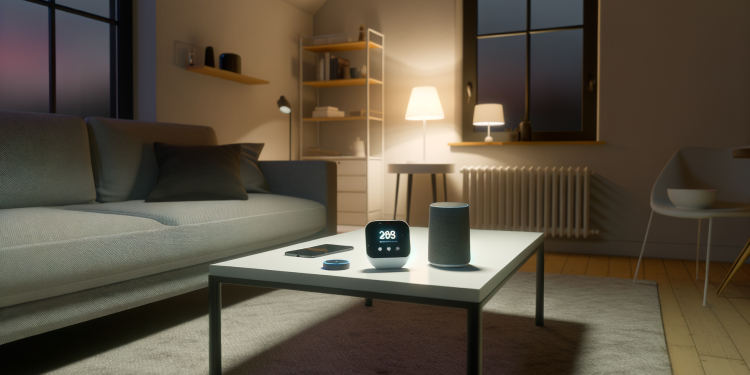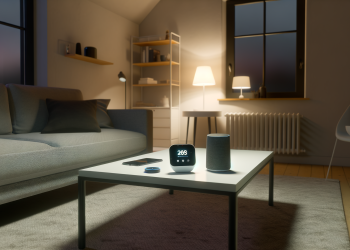The era of smart gadgets has revolutionized the way we live, work, and communicate. From smart thermostats to connected security systems, the Internet of Things (IoT) has permeated every aspect of our daily lives. However, as we continue to embrace the conveniences of smart technology, it becomes increasingly imperative to secure these devices against cyber threats. This article, “Secure Your Smart Gadgets: Protecting IoT Devices at Home”, will provide in-depth technical insights into cybersecurity, data protection, privacy, threat detection, defense, and security measures, as well as the best practices for securing your IoT devices at home.
The Importance of IoT Cybersecurity

As IoT devices become more prevalent in our homes, they also become attractive targets for cybercriminals. These devices often lack the necessary security features, making them vulnerable to hacking and data breaches. Cybersecurity for IoT devices is not just about protecting the device itself, but also the data it collects and transmits. This can include sensitive personal information, such as your location, daily habits, and even financial data. Therefore, ensuring the security of your IoT devices is crucial for protecting your privacy and preventing unauthorized access to your data.
Understanding the Threat Landscape
The threat landscape for IoT devices is vast and complex. Cybercriminals can exploit vulnerabilities in the device’s software, hardware, or network connections to gain unauthorized access. Common threats include malware, ransomware, phishing attacks, and Distributed Denial of Service (DDoS) attacks. Moreover, as IoT devices are often interconnected, a breach in one device can potentially compromise your entire home network. Understanding these threats is the first step towards effective defense.
Security Measures for IoT Devices

There are several security measures you can take to protect your IoT devices from cyber threats. This includes using strong, unique passwords for each device, regularly updating the device’s software, and disabling unnecessary features. Also, consider using a dedicated network for your IoT devices to isolate them from your main network. This can help contain a breach and prevent it from spreading to other devices on your network.
Best Practices for Data Protection and Privacy
Protecting the data collected by your IoT devices is just as important as securing the devices themselves. One of the best practices is to use encryption for data transmission. This can help protect your data even if it is intercepted by malicious actors. Also, consider limiting the amount of data your devices collect and store. The less data you have, the less there is for cybercriminals to steal.
Threat Detection and Defense

Regular monitoring and auditing of your IoT devices can help detect any unusual activity that may indicate a security breach. If a breach is detected, it is important to have a response plan in place. This can include isolating the affected device, changing passwords, and reporting the incident to the relevant authorities. Additionally, consider using a cybersecurity solution that provides real-time threat detection and defense for IoT devices.
Choosing Secure IoT Devices
Not all IoT devices are created equal when it comes to security. When choosing a device, look for ones that have built-in security features, such as encryption and two-factor authentication. Also, consider the manufacturer’s reputation for security and their commitment to providing regular software updates. Remember, a device that is not secure is not truly smart.
| Security Measure | Benefit |
|---|---|
| Strong, Unique Passwords | Prevents unauthorized access |
| Regular Software Updates | Fixes vulnerabilities and improves security |
| Dedicated Network for IoT Devices | Isolates IoT devices and contains breaches |
| Data Encryption | Protects data during transmission |
Conclusion
Securing your smart gadgets is not just about protecting your devices, but also your privacy, data, and peace of mind. By understanding the threat landscape, implementing security measures, and following best practices, you can enjoy the conveniences of smart technology without compromising your security. Remember, in the world of IoT, security is not an optional feature, but a necessity.
Thank you for reading this article. We invite you to explore our other articles for more insights into cybersecurity and technology. Stay safe and stay connected!







